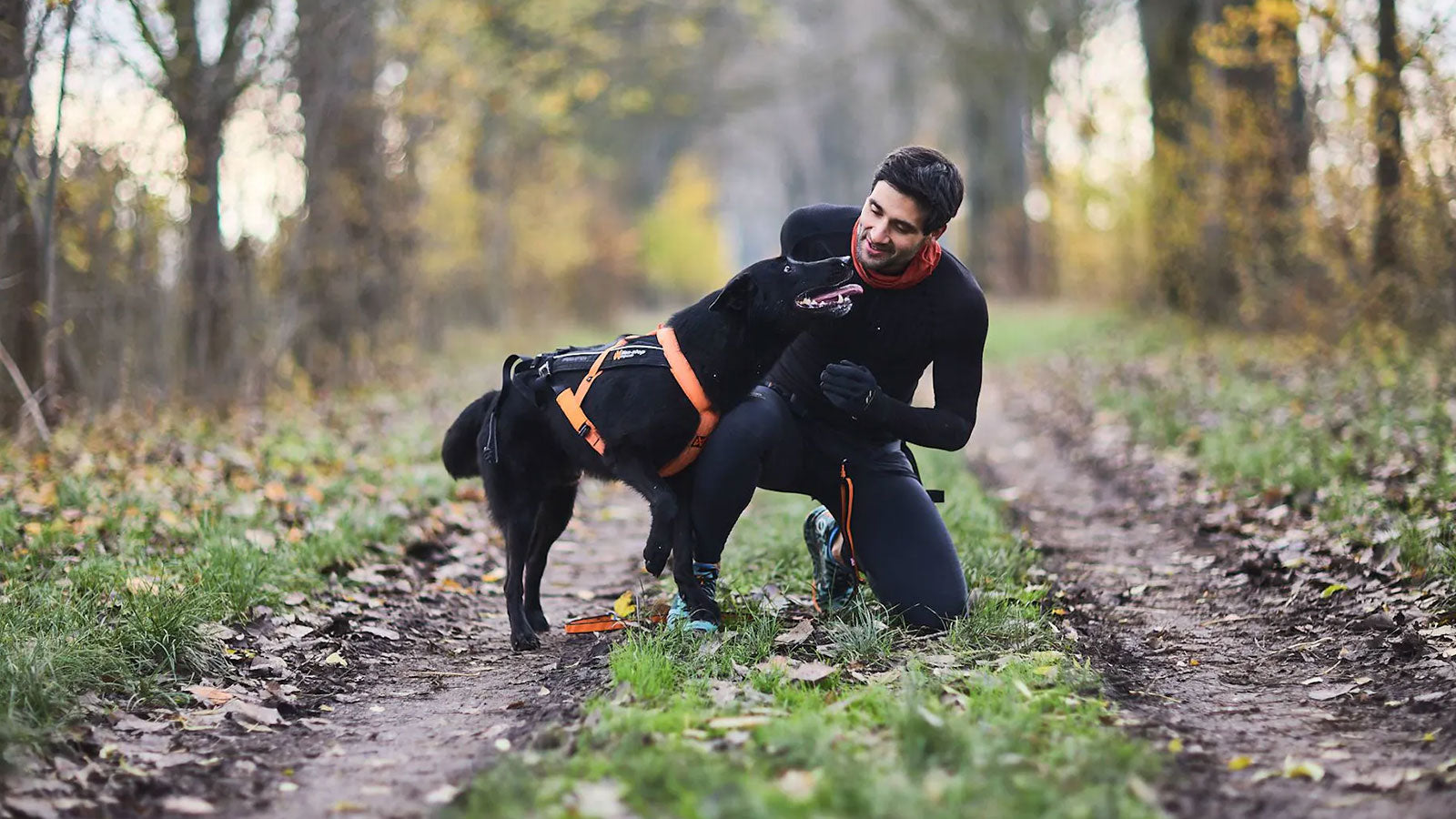Cats are known for their particular tastes, and once they form a preference, it can be a challenge to change it. From a young age, cats develop likes and dislikes that can stay with them for life. Their tastes are not limited to flavors alone—they can also become attached to specific shapes and textures of food.
This preference is not just a quirk; it's a survival instinct that has evolved over time. However, modern cat food manufacturers have capitalized on these instincts. They design their products to be as addictive as possible, knowing that a cat's preference for high-fat and high-salt foods makes them prime candidates for food addiction. Cats can easily become hooked on foods that are rich in carbohydrates, a tendency that manufacturers exploit to ensure brand loyalty over the lifetime of the cat.
The Challenge of Changing a Cat's Diet
Once your cat becomes addicted to certain types of food, especially commercial dry food, transitioning them to a different, healthier diet can seem like an impossible task. But with patience, perseverance, and a few sneaky tactics, it is possible to switch your cat to a healthier diet, such as raw food. Although challenging, the benefits of a balanced, natural diet are worth the effort.
Slow and Steady Wins the Race
If your cat is a "biscuit junkie" and absolutely refuses to touch raw food, a slow and gradual approach is essential. A sudden change in diet could lead to your cat stopping eating altogether, putting them at risk of developing hepatic lipidosis, also known as fatty liver disease—a potentially life-threatening condition. If this occurs, it could mean a very expensive trip to the vet, with no guarantees of recovery.
In difficult cases, you may need to spend up to six months or even longer gradually transitioning your cat to a raw food diet. If your biscuit-loving cat is also willing to eat wet or canned food, you've already won half the battle. The key is to stop feeding biscuits altogether and offer only wet food at set mealtimes, usually two or three times a day. From there, you can gradually introduce small amounts of raw food into each meal, starting with the tiniest amount hidden under the wet food and gradually increasing the raw portion over time. Eventually, your cat will be eating only raw food.
If Your Cat Will Only Eat Biscuits
If your cat is particularly stubborn and will only eat biscuits, the transition to a healthier diet will require a bit more strategy and patience. Here's a step-by-step guide:
- Divide a day’s worth of dry food into three portions and serve them at three set mealtimes throughout the day. Do not leave food out all day, and avoid allowing any snacking between meals—tough love may be necessary!
- Once your cat is accustomed to this routine (it may take a few weeks), replace one of those meals with wet or canned food. If your cat is resistant, you can try adding some sardines tinned in spring water or sprinkling some crushed biscuits over the wet food to make it more appealing.
- After your cat is comfortable with this new routine (again, it may take a few weeks), replace a second dry food meal with wet food. Finally, repeat the process for the third meal so that your cat is no longer eating biscuits at all. A helpful hint: Remove all biscuits from the house—your cat will know if they are still around!
If Your Cat Will Eat Wet Food
If your cat already eats wet food, you are in a much better position to transition them to a raw diet. Here's how to do it:
- Stop feeding biscuits altogether (or follow the steps mentioned above).
- Feed wet food at two or three set mealtimes each day. A good starting point is Rabbit and Heart mince, which many cats find appealing.
- Mix a tiny amount of raw food into each meal. Gradually increase the amount of raw food until the entire meal is raw. Take your time with this process, as rushing it can backfire.
- Once your cat is accustomed to eating raw food, you can start introducing variety by offering different types of mince, fillets, bones, and organs. This variety is important for ensuring a balanced diet and keeping your cat interested in their meals.
The Long-Term Benefits
Transitioning your cat to a raw food diet may be a lengthy and sometimes frustrating process, but the health benefits for your cat are significant. A balanced, natural diet can lead to a healthier weight, improved digestion, a shinier coat, and increased energy levels. Moreover, you'll have the peace of mind that comes with knowing your cat is eating a diet that's closer to what nature intended. With time, patience, and a thoughtful approach, you can help your cat overcome their food addictions and enjoy a healthier, happier life.






Share:
Feeding Kittens & Puppies